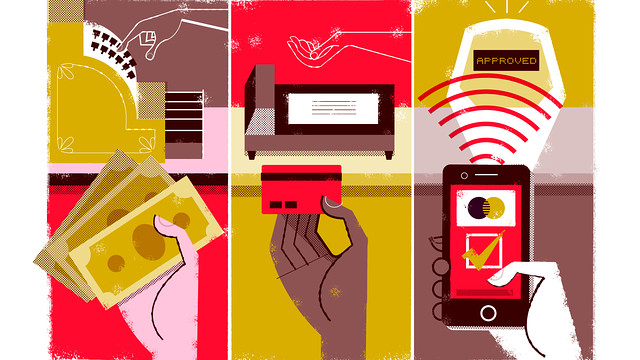Apple Pay has often been thought of as the fruition of the mobile payments revolution. However, in all reality, it is merely the final step in a long process that has involved many other technologies created by a variety of companies, according to an article recently completed by the EDN Network. For Apple Pay to even be possible, first encryption advances, digital currencies, biometrics, NFC, Bluetooth, QR codes, and the use of sound wave data transfer had to be developed; the program would not be possible without these advancements occurring first.

Apply Pay represents the most conventional method of mobile payments; it is based on the inherent NFC capabilities of the iPhone 6 and, fundamentally, allows for point-of-sale payments through the use of provided credit card or bank information. In addition to this, the program leverages the data already supplied from its users to their iTunes accounts. The finished product is naturally coherent and easy to use, with information inputted and secured by the users themselves.
However, Apple Pay is certainly not the only form of a mobile wallet on the market; many other large companies and startups have sought to add their own version of harnessing these technologies. Google Wallet also uses NFC capabilities; however, as an alternative to the iPhone’s procedure of securing the transaction with a fingerprint scan used for authorization, Google Wallet relies on a simple passcode. In addition to Google, many other companies are working on their versions of a mobile payment form. Specifically, Walmart is in the process of developing systems based on scanning bar codes. Many major credit card companies and banks have developed, or are in the process of developing their own mobile payment platforms.
Large companies aren’t the only one pursuing this trend, either. Various makers of apps and devices are also pursuing the trend. Through all of these attempts, one thing becomes clear—those companies, which pursue some way of replacing or consolidating credit cards with other physical alternatives, are behind the curve; the true trend perhaps lies in social media photo messaging services attempting to provide photo-based mobile payment methods. One example is Snapchat’s recently launched Snapcash payment option. It works inside the Snapchat app using Square Cash, which appends a cryptographic signature to every payment to enable users to instantly send cash to other users – and presumably eventually ecommerce vendors – using a debit card-based system.